There are various memorials within the museum site and
another at the site of Flixton airfield nearby.
|
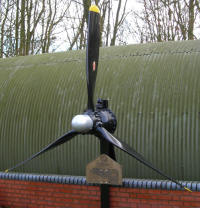 . .

|
This memorial to the USAAF 446th Bomb Group is just
in front of the 446BG building
|
|
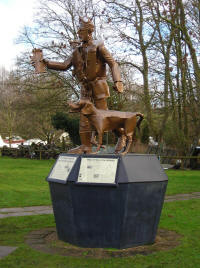
|
This
memorial is to the fallen airmen of the second world war
|
|
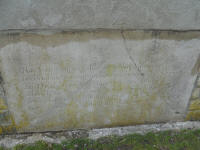

|
This
memorial is to the 2nd Air Division of the USAAF -
comprising the remains of a larger memorial from
Norwich; the top features a mineral stone from each of
the States in the U.S.
|
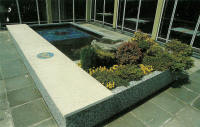 |
Memorial
whilst it was outside the 2nd Air Division Memorial
Library in Norwich
|
|

|
This
memorial can be found on the site of Flixton Airfield,
it's location is marked on the
Find Us page
|
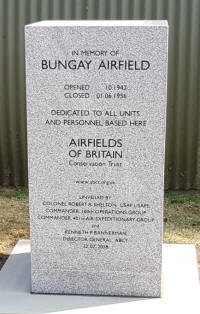 |
The latest memorial to be added to those already at
the Museum is a memorial to the Bungay Airfield and the
units and personnel who served there.
The memorial dedicated to the Bungay Airfield (also
known as HMS Europa II / RAF Bungay / RNAS Bungay and
USAAF Station 125), was unveiled on the 22nd July 2018
by Kenneth P Bannerman, Director General of
the Airfields of Britain Conservation Trust who had
arranged for this memorial to be placed here and by
Colonel Robert A Shelton, USAF USAFE, Commanding Officer
of the 100th Operations Group and 401st Air
Expeditionary Group.
|

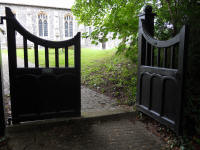 |
Memorial at
St Mary's Church, Flixton, to the men of the 446th Bomb Group, USAAF
who gave their lives in defence of freedom
|

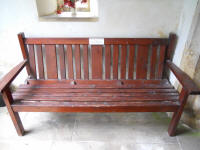 |
Seat in
St Mary's Church, Flixton in Memoriam of Officers and
Men of the USAAF 446th Bombardment Group who lost their
lives 1943-45
|
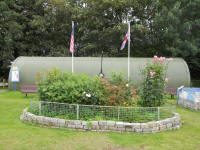 |
Memorial Garden at Flixton
|
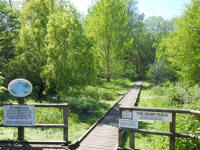 |
The first section of the Adair Walk is bordered by
trees that have been planted by visitors and members in
memory of loved-ones who enjoyed visiting us or who
worked at the museum; sometimes their ashes have been
deposited in the soil close by. The trees have
protective surrounds and bear descriptive nameplates.
The woodland around the Adair Walk is a managed
woodland area. The Willows are grown for Cricket Bats.
During Summer 2016 these were harvested and have now
been replaced with young trees. The contractors have
left various "piles of logs" around to act as bug homes.
The woodland is thus currently in an early stage of it's
life-cycle, but it will obviously very quickly grow
back. The more open nature of the area at the moment
will attract different flora and fauna.
|

